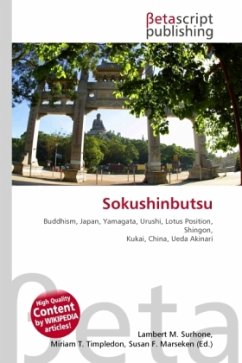High Quality Content by WIKIPEDIA articles! The baku-sh often termed the third sect of Zen Buddhism in Japan, was established in 1661 by a small faction of masters from China and their Japanese students at Mampuku-ji in Uji, Japan. Today Mampuku-ji serves as the baku's head temple, with 420 subtemples spread throughout Japan as of 2006. In addition to their contribution to the culture of Zen in Japan, the baku also "disseminated many aspects of Ming-period culture" in the country. Many of the monks who came from China were accomplished calligraphers, and Obaku's founder Yinyuan Longqi and two other baku masters, Mokuan Sh t and Sokuhi Nyoitsu, became known as the Obaku no Sanpitsu (or, the "Three Brushes of baku"). Author Steven Heine writes, "Areas where the influence of or the reaction to baku left an imprint on Japanese Buddhism is manifold, and its impact even reached the fields of Japanese cultural techniques, such as printing and painting. Chinese medicine and architecture were also introduced, as was the practice of "spirit writing" practiced by baku monks who were said to communicate with Chen Tuan.
Bitte wählen Sie Ihr Anliegen aus.
Rechnungen
Retourenschein anfordern
Bestellstatus
Storno








